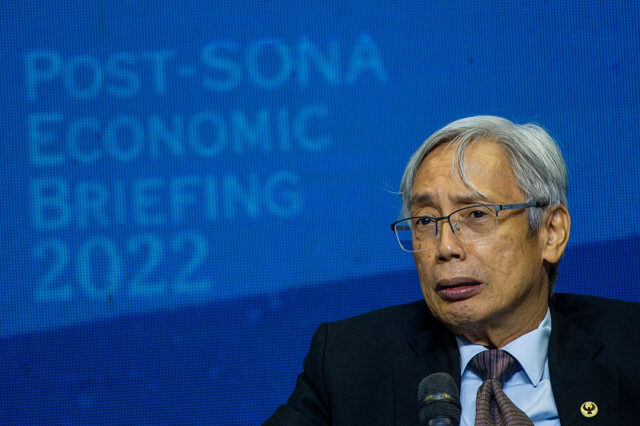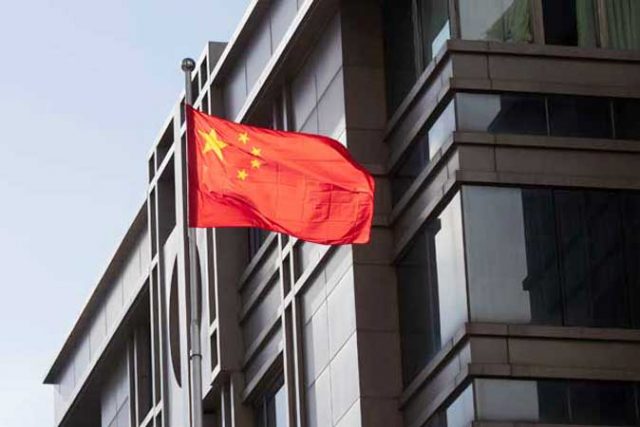Satellite Technology: Rural areas’ ultimate solution for digital education

Across the globe, both the teachers and the students have been making adjustments in teaching and learning designs due to the health crisis for the past two years. More than just a pandemic, it has resulted in an educational crisis for many countries in the world, including the Philippines.
Internet access is exceptionally low for the 9.4 million people who live at the “last mile”. Only 9.5 percent of Filipinos in the last mile areas (living more than two kilometers from a major road network) live within the serviceable scope of cell towers, according to an analysis by Asian Development Bank (ADB) and Thinking Machines Data Science.
Considering the limitation on connectivity, the idea of distance learning modalities— which involve technology and internet connection— came up as an option for online learning in the country.
According to a study by a member of the National Research Council of the Philippines (NRCP) in 2021, access to the internet is a “major challenge” among teachers across the Philippines amid the pandemic.
Government supports better connectivity for digital education
Meanwhile, Department of Information and Communications Technology (DICT) Secretary Ivan John Uy told “The Chiefs” on One News last May 31 that President Ferdinand Marcos Jr. handed him some marching orders on different areas, including the digital connectivity.
“He (Marcos Jr.) wanted me to work on providing connectivity, good connectivity with reasonable cost, especially in the remote areas where our primary telcos could not go there,” Uy disclosed.
Uy explained that the President wants to improve the connectivity in the country so that more opportunities can be given to digital education.
“On the education side, our kids have all gone, a lot of them are going online for their education without face-to-face education. So, with better connectivity, we now will be able to provide better access to education to the areas where there is no connectivity,” he said.
Satellite Technology helps to bridge the digital divide
Satellite technology is compatible in connecting the Philippines with its 7,640 islands because unlike other connectivity types, it doesn’t rely on large expensive cell towers or extensive fiber cable networks. Satellite broadband can be used to connect people who live in more remote and mountainous locations, as it simply relies on having a clear line of sight.
Last May, the DICT also opened gates for more satellite systems players, including Kacific, a next-generation broadband satellite operator, to address the challenges of internet connectivity in the country.
Kacific provides reliable, fast, low-cost satellite internet to homes, businesses, and governments across the Asia Pacific, including the Philippines, especially in remote areas.
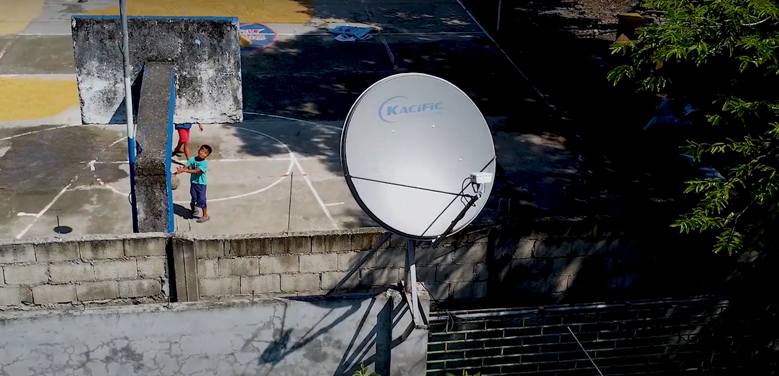
Kacific provides services from Kacific1, a Ka-band satellite that uses concentrated spot beams—from Batanes to Palawan and even all the way to Sulu which allows very effective geographic targeting, especially in mountainous areas.
This brings reliable, high-speed broadband internet to rural populations via easy-to-install 1.2m antennas. Kacific achieves speeds of 85Mbps (70Mbps in download speeds; 15Mbps in upload speeds), with affordable bandwidths offered at affordable rates. This speed is more than enough to run tools and applications for educational needs such as web browsing, video streaming, and conference calls.
Kacific can even provide 100Mbps in download and 20Mbps in upload speeds for up to 60 users for bigger businesses and communities. Terminals are offered for a one-time terminal fee of PHP 34,000 or PHP 52,000 depending on the model. A one-time installation fee of PHP 10,000 is charged by distributors to install the terminal in a specific area.

The concentrated spot beams are high power, resulting in availabilities between 99.5% and 99.9%. Kacific can mitigate the effects of rain fade through diverse uplink availability, having two local teleports located in Subic Bay and Clark as its backup sites to ensure that connectivity remains available even in bad weather.
Stellarsat Solutions, Inc., one of Kacific’s local internet service providers, has helped install sites at government offices, schools, and businesses. For example, the satellite internet connection has made a significant difference to public schools in the North Luzon region.
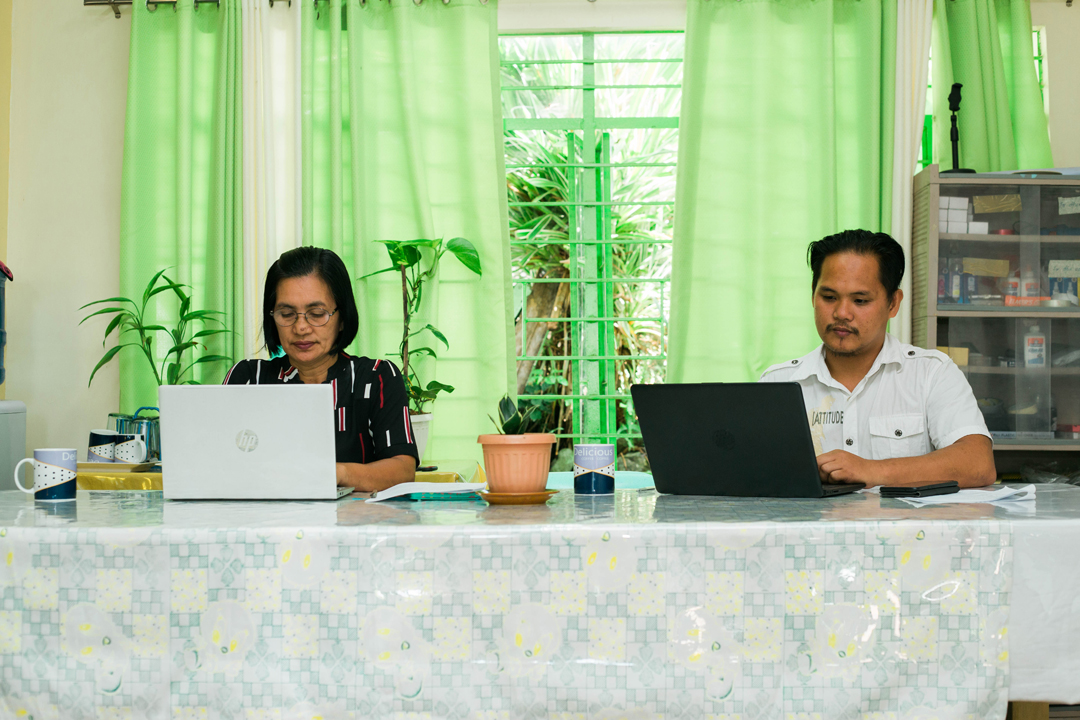
Kacific and Stellarsat aid digital education by connecting schools
Aida Malanta, who is the school head of Mungayang Elementary School, Kiangan District, Schools Division Office of Ifugao, shared how the Very Small Aperture Terminal (VSAT), powered by Kacific, helps the teachers to prepare for their online classes, enabling them to attend government-led webinars, and submit their reports to the Learner’s Information System (LIS), without going to the city.
“So, when this (VSAT from Stellarsat powered by Kacific) was installed at least we can download their IMs, we can attend webinars, and we can send our reports through email directly,” she emphasized.
Before installing the Stellarsat powered by Kacific VSAT, Mungayang Elementary School Administrative Assistant Ardrick Bilibli, noted that they encountered problems with internet connection in their school as they had to travel to the town just to send a report.
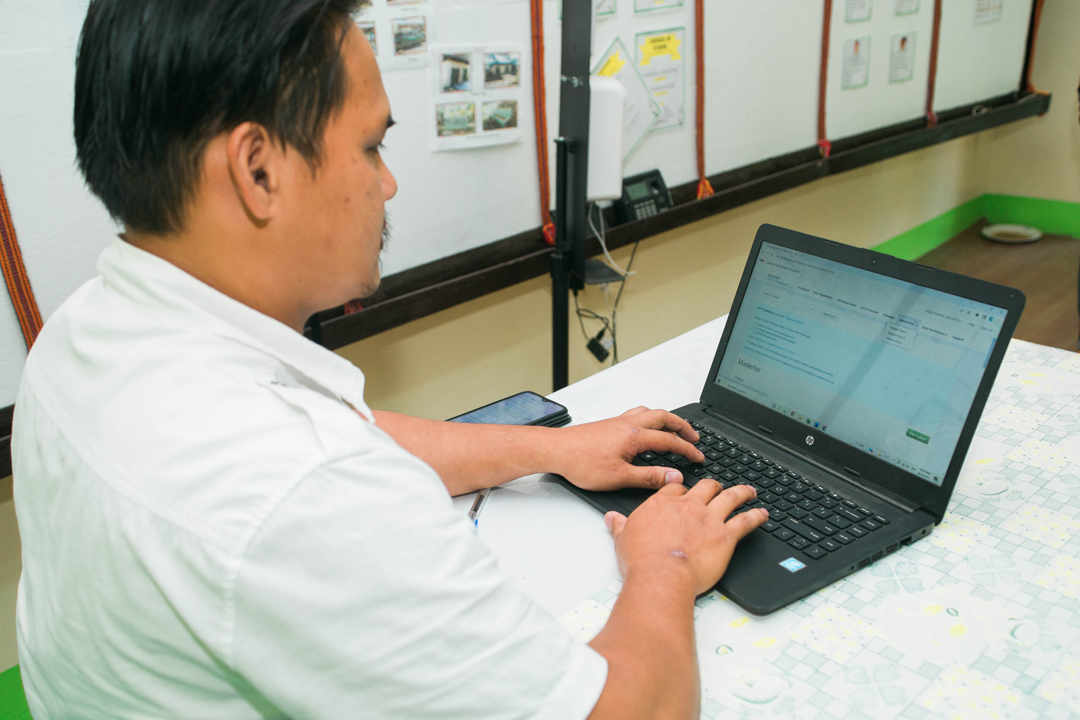
“When Stellarsat powered by Kacific came, we use the internet in accessing the LIS or Learners’ Information System. This serves as the database of the learners,” Bilibli said.
According to the Department of Education (DepEd), LIS is an online facility that provides for the registration of learners enrolled in schools run in the Philippines. The data in LIS show basic personal data of the learner, enrollment history, and grade and evaluation results.
“Stellarsat powered by Kacific is a reliable internet provider and we would like to thank Stellarsat powered by Kacific for reaching our school just to provide internet,” Bilibli added.
For fast, affordable satellite internet services in your area, call Stellarsat Solutions, Inc. at 0917 626 6694 or email at info@stellarsat.com.ph.
For more information on Kacific’s satellite technology, visit www.kacific.com or contact sales@kacific.com.
Apply to be a Kacific Authorized Distributor today, visit https://kacific.com/distributor-network to know more.






 Last month, PLDT also announced that it signed a memorandum of understanding with OneQode, a gaming infrastructure provider, to further strengthen and internationalize the gaming experience of the local esports community. Under the partnership, OneQode will establish its gaming network infrastructure in the country to boost its operating capability.
Last month, PLDT also announced that it signed a memorandum of understanding with OneQode, a gaming infrastructure provider, to further strengthen and internationalize the gaming experience of the local esports community. Under the partnership, OneQode will establish its gaming network infrastructure in the country to boost its operating capability.

 “We strive to transform learning from a passive experience to an active engagement that includes a variety of training methodologies to maximize learner engagement, subject matter retention, and training stickiness,” said Mercedes Posadas, Director of Global Learning Excelente for Digital Solutions at TELUS International.
“We strive to transform learning from a passive experience to an active engagement that includes a variety of training methodologies to maximize learner engagement, subject matter retention, and training stickiness,” said Mercedes Posadas, Director of Global Learning Excelente for Digital Solutions at TELUS International. Aligned with its focus on next-gen digital technology, training is hosted in a proprietary virtual Knowledge Base, where teams can access the catalog of current resources and complete their assigned curriculum. In addition, the Knowledge Base features optional complementary learning resources in various formats such as webinars, workshops, masterclasses, panels, and one-to-one mentoring. Most of these promote peer-to-peer learning involving hybrid projects with theoretical and practical collaborative sessions.
Aligned with its focus on next-gen digital technology, training is hosted in a proprietary virtual Knowledge Base, where teams can access the catalog of current resources and complete their assigned curriculum. In addition, the Knowledge Base features optional complementary learning resources in various formats such as webinars, workshops, masterclasses, panels, and one-to-one mentoring. Most of these promote peer-to-peer learning involving hybrid projects with theoretical and practical collaborative sessions. Notably, TELUS International has been recognized as a Gold Learning Elite organization by Chief Learning Officer magazine for its excellent workforce development strategies that generate significant commercial results.
Notably, TELUS International has been recognized as a Gold Learning Elite organization by Chief Learning Officer magazine for its excellent workforce development strategies that generate significant commercial results. Over 3,000 team members in The Philippines are dedicated to TELUS International’s technology division, delivering the high-tech, high-touch customer experiences that the tech industry depends upon in today’s highly-competitive market. TELUS International’s Digital Solutions methodologies cover the IT lifecycle from design and construction to delivery, operation, and optimization, including intelligent automation for digital transformation.
Over 3,000 team members in The Philippines are dedicated to TELUS International’s technology division, delivering the high-tech, high-touch customer experiences that the tech industry depends upon in today’s highly-competitive market. TELUS International’s Digital Solutions methodologies cover the IT lifecycle from design and construction to delivery, operation, and optimization, including intelligent automation for digital transformation.



